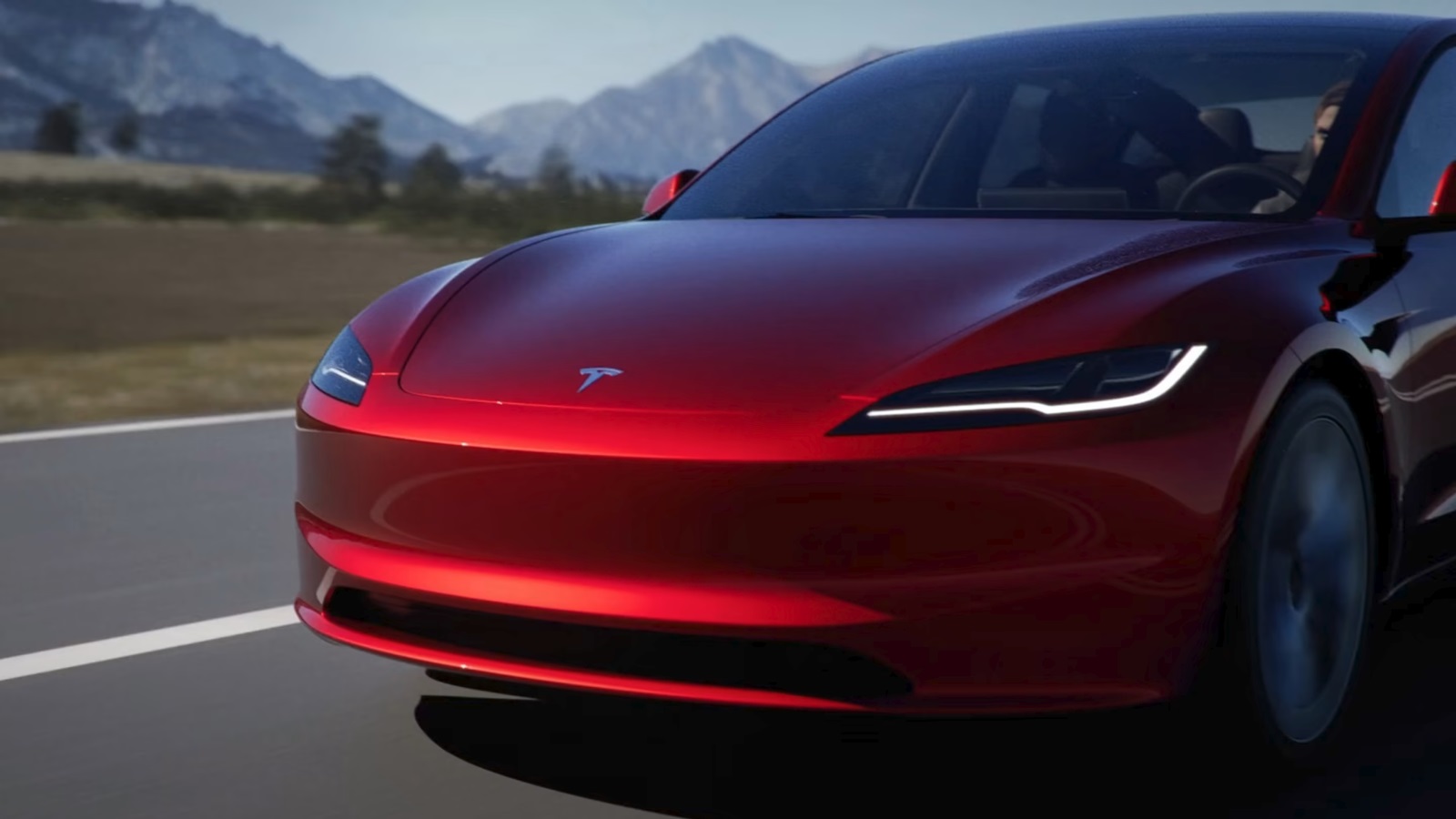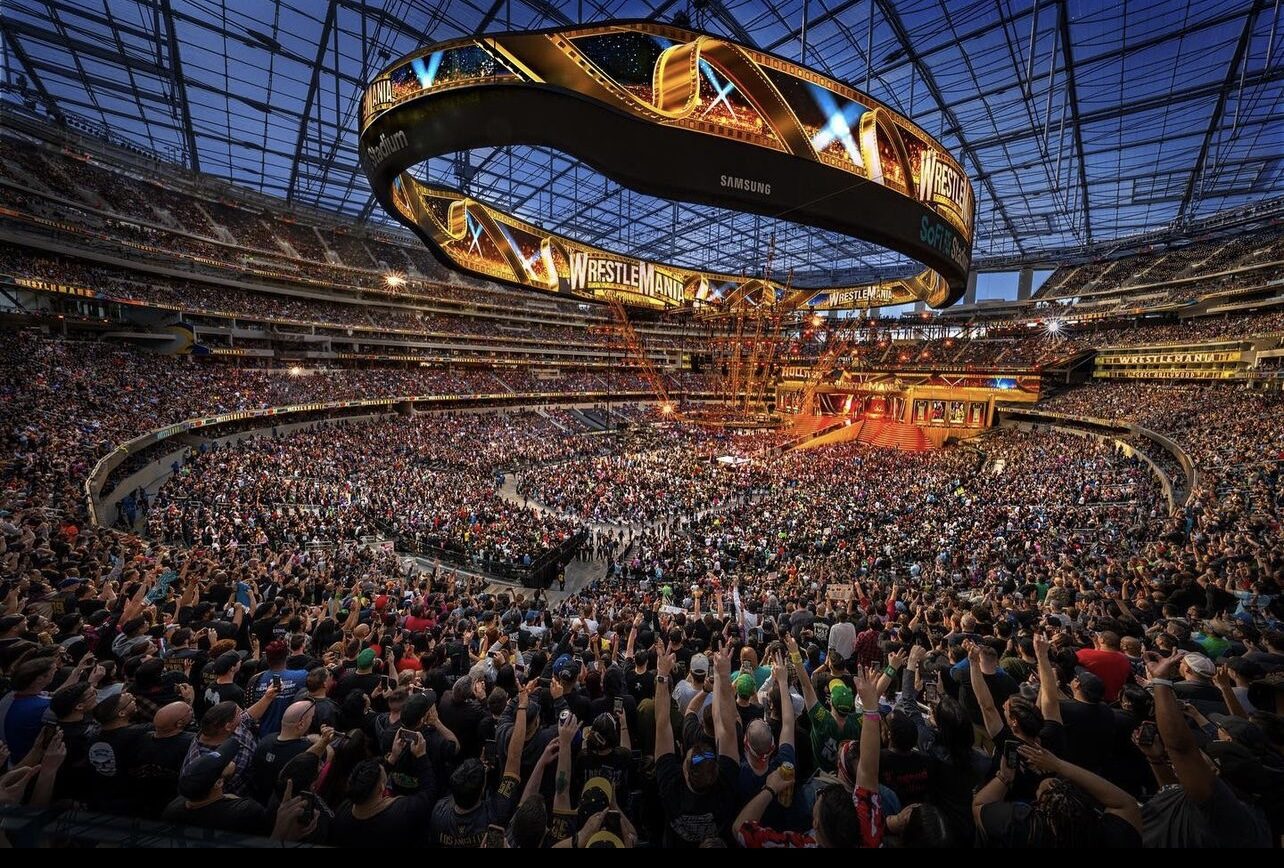
Tesla, Inc., widely known by its stock ticker symbol TSLA, has become one of the most transformative companies in the world. Its impact on multiple industries, particularly automotive and energy, has made it a focal point for investors, tech enthusiasts, and environmental advocates. In this article, we’ll explore Tesla’s journey, its innovations, and why TSLA has become a symbol of both financial success and technological revolution.
The Birth of Tesla: A Revolutionary Vision
Tesla was founded in 2003 by engineers Martin Eberhard and Marc Tarpenning, though it’s Elon Musk who has become the face of the company. Musk, who joined the company in 2004 after investing $6.5 million, had the ambition to create an electric vehicle that didn’t compromise on performance or design. While the concept of electric vehicles (EVs) had been around for a while, Tesla’s approach was innovative: producing high-performance, luxurious EVs that rivaled gas-powered cars in speed, range, and reliability.
Tesla’s Mission
Tesla’s overarching mission is simple yet ambitious: “to accelerate the world’s transition to sustainable energy.” Tesla isn’t just a car manufacturer; it is a clean energy company that focuses on integrating solar energy and storage solutions with electric vehicles to create a sustainable ecosystem. This mission has inspired global interest in sustainable technologies and has pushed both competitors and governments to rethink the future of transportation and energy production.
Tesla’s Product Line: More Than Just Cars
Tesla began its product line with the Tesla Roadster in 2008, a luxury sports car that proved electric vehicles could be fast and powerful. Since then, Tesla has expanded into a broad range of products, each contributing to its overall mission of sustainability.
1. Tesla Model S
Introduced in 2012, the Model S is Tesla’s flagship sedan. It boasts an industry-leading range, rapid acceleration, and cutting-edge technology. The Model S set new standards for electric vehicles and cemented Tesla’s reputation for combining luxury with sustainability.
2. Tesla Model 3
The Model 3, launched in 2017, is Tesla’s most affordable electric car, aimed at mass-market consumers. It’s a compact sedan with an impressive range and performance, and it has become Tesla’s best-selling vehicle. The success of the Model 3 proved that Tesla could bring electric vehicles to a larger audience and still maintain profitability.
3. Tesla Model X
The Model X is Tesla’s SUV offering, introduced in 2015. Known for its distinctive falcon-wing doors and spacious interior, the Model X appeals to families seeking a luxury electric SUV. With a range similar to the Model S, it offers a balance between utility and performance.
4. Tesla Model Y
The Model Y is a smaller SUV that shares much of its design with the Model 3. Introduced in 2020, it quickly became one of Tesla’s best-selling models due to its affordability, performance, and versatility. It offers more cargo space than the Model 3 and includes options for seven seats, making it a practical choice for families.
5. Cybertruck
Tesla’s Cybertruck, announced in 2019, is perhaps the company’s most radical design yet. With a sharp, futuristic look and promises of unparalleled durability, the Cybertruck aims to revolutionize the pickup truck market. Though its release has been delayed multiple times, it remains highly anticipated.
6. Tesla Semi and Roadster (Second Gen)
Tesla is also developing other significant projects, such as the Tesla Semi, an all-electric truck aimed at revolutionizing freight transport, and the second-generation Roadster, which promises to be the fastest production car in the world with a top speed of over 250 mph.
Tesla’s Energy Solutions
While Tesla’s vehicles often take center stage, the company’s ambitions in energy are just as important. Tesla Energy provides a suite of products designed to create a sustainable energy ecosystem.
1. Solar Panels and Solar Roof
Tesla’s solar panels and solar roof aim to harness renewable energy from the sun to power homes. The solar roof integrates seamlessly into the architecture of a house, unlike traditional solar panels, which are mounted on top of the roof. These products, coupled with Tesla’s energy storage solutions, aim to reduce dependency on fossil fuels and promote the use of clean energy.
2. Powerwall and Powerpack
Tesla’s Powerwall is a home battery system designed to store energy generated by solar panels. The Powerwall can store excess energy produced during the day for use at night or during power outages, making homes more self-sufficient. For larger applications, Tesla offers the Powerpack, which is designed for businesses and utility-scale energy storage.
Tesla’s Manufacturing and Gigafactories
Tesla has a reputation for innovation not just in its products but also in its manufacturing processes. Gigafactories, enormous production facilities, are central to Tesla’s ability to scale production and achieve its mission.
1. Gigafactory Nevada
One of Tesla’s largest facilities, the Gigafactory in Nevada, is where Tesla produces batteries and energy storage products. Tesla partnered with Panasonic to create one of the world’s largest battery manufacturing plants. This facility plays a crucial role in driving down the cost of batteries, which is essential for making electric vehicles more affordable.
2. Gigafactory Shanghai
The Gigafactory in Shanghai is Tesla’s first overseas factory, and it serves as a production hub for the Chinese and broader Asian markets. China is the world’s largest market for electric vehicles, and having a local production facility allows Tesla to better meet demand in the region.
3. Gigafactory Berlin and Gigafactory Texas
Tesla continues to expand its manufacturing capabilities with new Gigafactories under construction in Berlin, Germany, and Texas, USA. These facilities are expected to significantly increase Tesla’s production capacity and help the company meet the growing global demand for electric vehicles.
Tesla’s Autonomous Driving Technology
Tesla is at the forefront of autonomous driving technology. Its Autopilot and Full Self-Driving (FSD) capabilities are some of the most advanced in the industry.
1. Autopilot
Tesla’s Autopilot system allows for semi-autonomous driving, enabling the car to steer, accelerate, and brake automatically within its lane. While it’s not fully autonomous, it reduces the driver’s workload and increases safety on highways.
2. Full Self-Driving (FSD)
Tesla’s FSD package is designed to enable full autonomy. While it’s still in beta testing and not widely available, the FSD system promises to revolutionize transportation by allowing cars to drive themselves with minimal human intervention. Tesla continues to develop its self-driving technology, which relies heavily on machine learning and artificial intelligence.
Tesla and the Stock Market: The Rise of TSLA
Tesla’s stock, TSLA, has been one of the most talked-about and analyzed stocks of the past decade. Tesla went public in 2010 at $17 per share, and by 2021, TSLA had skyrocketed to over $700 per share (pre-stock split), making it one of the most valuable companies in the world.
1. Stock Performance
TSLA’s rapid rise has been driven by multiple factors, including growing sales, innovative products, and Elon Musk’s visionary leadership. However, Tesla’s stock is also known for its volatility. It has experienced sharp increases and decreases, often driven by news about production numbers, delivery figures, or Musk’s public comments.
2. Valuation and Market Cap
As of 2024, Tesla has a market capitalization of over $800 billion, making it one of the most valuable companies in the world. Its valuation has drawn both fans and critics. Some analysts argue that Tesla is overvalued based on traditional metrics, while others believe that the company’s innovative edge and future growth potential justify its high valuation.
3. Challenges and Risks
Despite its success, Tesla faces several challenges. Production delays, supply chain issues, and increasing competition in the EV market are all potential hurdles. Additionally, Tesla is under scrutiny from regulators regarding its autonomous driving claims and safety features. Moreover, the macro-economic environment and interest rates can impact TSLA stock performance.
The Future of Tesla
Tesla’s future is full of promise. With its ongoing efforts in autonomous driving, expansion of energy solutions, and the anticipated launch of groundbreaking products like the Cybertruck and Tesla Semi, Tesla remains a leader in innovation. The company’s focus on sustainability aligns with growing global concerns about climate change, further solidifying Tesla’s role as a driver of change.
1. Global Expansion
Tesla is aggressively expanding into new markets, particularly in Europe and Asia, where electric vehicle adoption is rapidly increasing. Gigafactories in Berlin and Texas will help Tesla scale production to meet this rising demand.
2. New Technologies
Tesla’s ongoing development of new battery technologies, such as its 4680 battery cells, promises to significantly reduce costs and improve vehicle range. Additionally, the company continues to work on self-driving technologies, solar energy solutions, and energy storage systems.
Conclusion
Tesla, represented by TSLA on the stock market, is not just a car manufacturer but a tech innovator, energy leader, and a symbol of the sustainable future. From its revolutionary electric vehicles to its cutting-edge autonomous driving systems and renewable energy solutions, Tesla has redefined what’s possible in transportation and beyond. As Tesla continues to grow and expand its product offerings, it remains a focal point for investors and innovators alike, driving the world toward a more sustainable and technologically advanced future.








